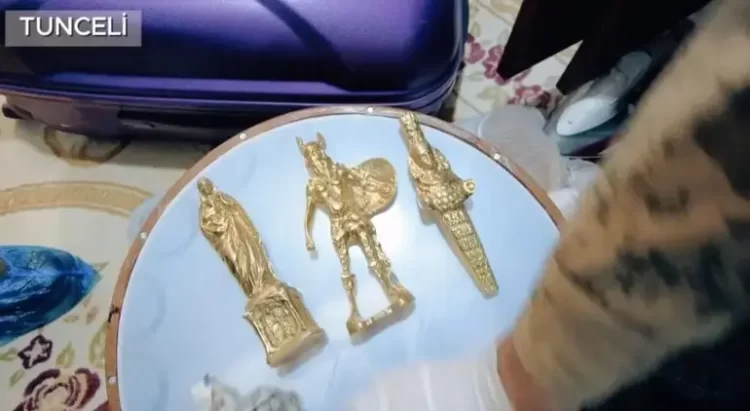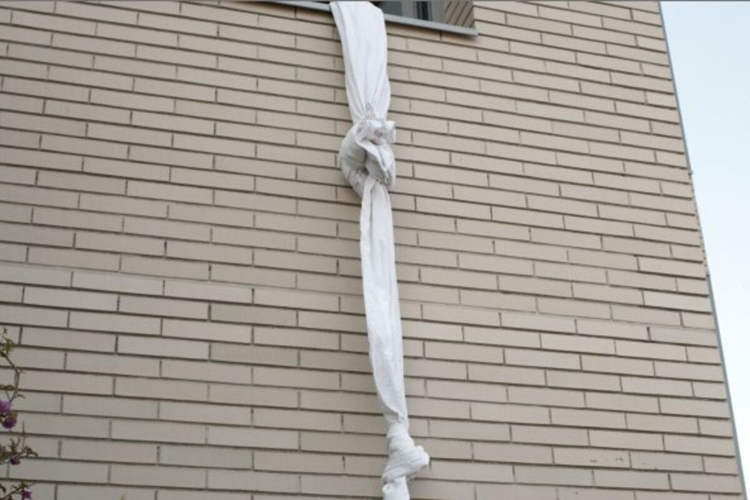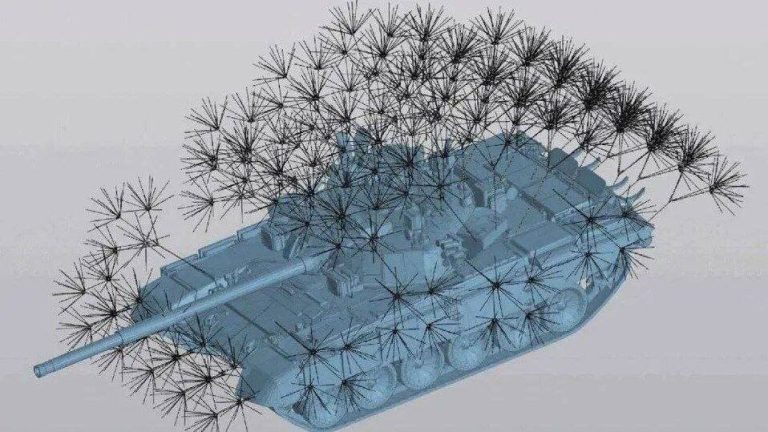Turkish police recently arrested a network of scammers who preyed on people’s desire to get rich quickly by selling them fake treasure maps and charging them extra to help them sell the “priceless” loot.
As part of a complex operation conducted in 9 Turkish provinces, dozens of con artists collaborated to defraud unwitting victims of more than 50 million Turkish lira ($1.3 million) using fake treasure maps. The suspects reportedly traveled around rural areas of the country, showing hand-drawn treasure maps on artificially aged pieces of paper to villagers looking to get rich overnight. The maps were very detailed and featured nearby locations that the victims were familiar with, unlike the scammers, who claimed to be from far away. As they had problems navigating the area to reach the treasure, they offered to sell their maps for a fee. But this was only half of their admittedly witty scam.

Photo: Natalie/Unsplash
Selling the fake treasure maps was the scammers’ way of hooking their victims. Knowing that they would go digging in the locations marked on the elaborate-but-fake treasure maps, the con artists would then contact their marks again to ask how the treasure hunt was going. The excited victims would boast about uncovering gold statues and coins, and the scammers offered to put them in contact with a priest who could verify the authenticity of the artifacts.
The so-called priest was just another scammer who, upon seeing the loot during a video call, would determine its value to be “priceless”. But there was a catch. Selling the treasure in Turkey was risky because it had cultural value and could be confiscated by the state, but the priest claimed to have contacts abroad willing to pay top dollar for ancient relics, especially gold ones. As you can expect, the priest demanded a commission to facilitate the transaction.

The mere thought of becoming wealthy clouded most of the victims’ minds, and many gladly paid the priest’s commission in advance. Once the money went through, the scammers cut off all communications, and the poor villagers were left with worthless metal sculptures dyed golden to trick the untrained eye.
Unfortunately for the scammers, their scheme was so successful that several victims contacted the police. Upon hearing similar stories, authorities conducted an investigation and ultimately tracked down the leaders of the group to the town of Tuncelli. During a coordinated operation, dozens of scammers and accomplices were arrested and plenty of evidence seized.












